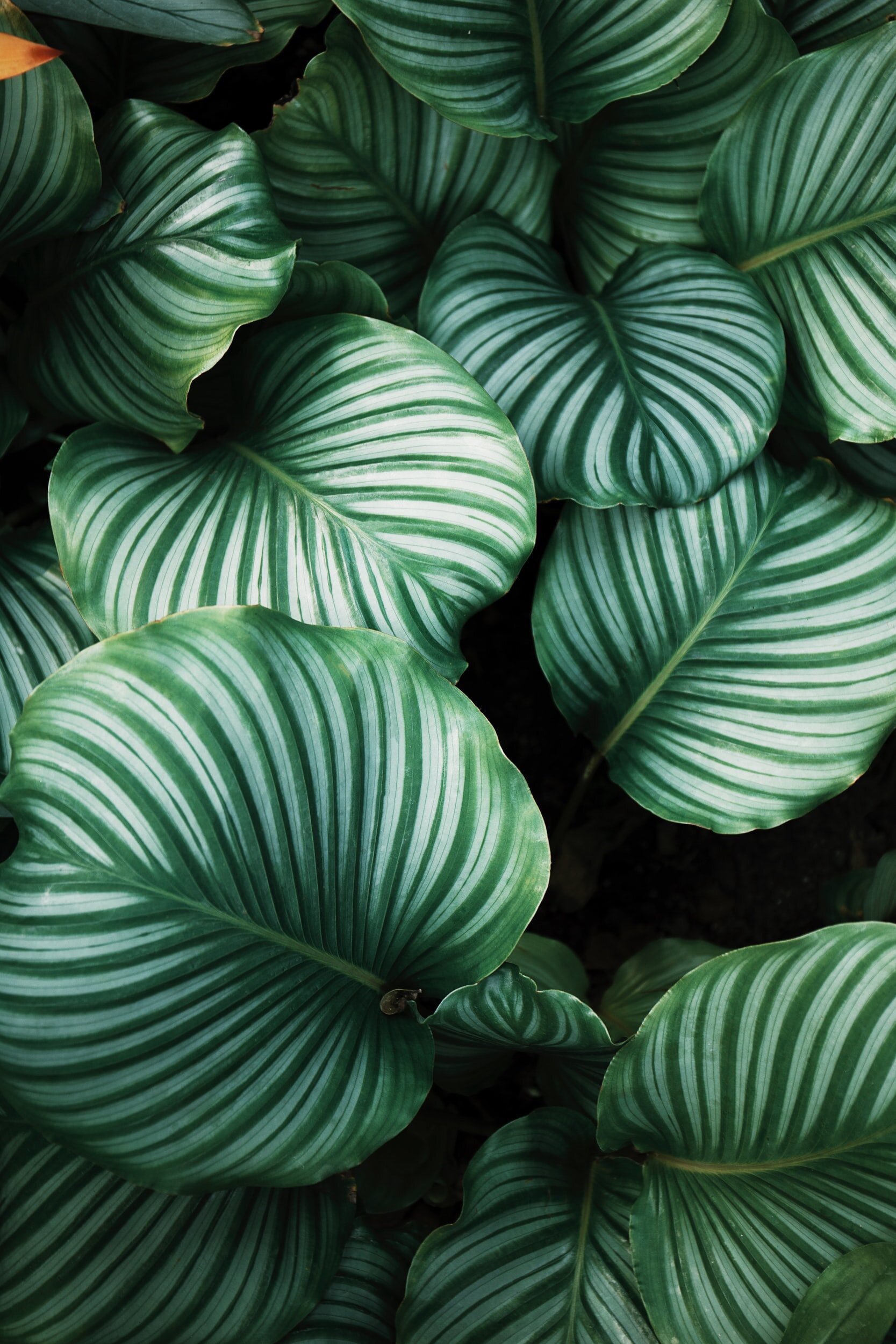
BLOG
Vital Substances: Mind
The Mind has various functions for consciousness, senses, thinking, memory, and…
Mind and Body
Mind and body are different manifestations of Qi
When Qi condenses, it becomes more materialized substance, such as our body
When Qi disperses, the substance becomes more rarefied and non-material, like our Mind
Foundation for Mind
Qi and Essence are material foundation for the Mind
Blood is the material foundation for the Mind as well
The Mind relies on both the Pre-Heaven, the Spleen and Stomach, and the Post-Heaven, the Kidneys
The Heart and Mind
The Heart governs the Mind
The Heart is the residence of the Mind
Functions of Mind
The Mind has various functions for consciousness, senses, thinking, memory, and so on
The Heart is the “Monarch of the 5 Yin organs and 6 Yang organs,” thus all senses rely on the Heart
7 emotions, joy, anger, worry, pensiveness, sadness, fear, and fright, all affect the Heart
So that closes our TCM Theory series. We have covered core theories of TCM, including the theory of Qi, Yin-Yang, 5 Elements, and all of the 5 Vital Substances. Feel free to go back and review what we have learned up until this point as these theories are the basic foundations of TCM. Next, we will begin our TCM Anatomy series.
If you have any feedback or questions about the material covered, please don’t hesitate to contact at junhwa@tcmexplained.com. Until next time.
* The content is provided only for education purposes and is not intended to be a substitute for professional medical advice, diagnosis, or treatment.
References
1. Cheng, Xinnong, ed. Chinese Acupuncture and Moxibustion. 3rd ed. Fifteenth Printing 2014. Beijing: Foreign Languages Press, 2012.
2. Kaptchuk, Ted J. The Web That Has No Weaver: Understanding Chinese Medicine. 2nd ed. New York: McGraw-Hill, 2000.
3. Maciocia, Giovanni. The Foundations of Chinese Medicine: A Comprehensive Text for Acupuncturists and Herbalists. 3rd ed. Philadelphia: Elsevier Churchill Livingstone, 2015.
Vital Substances: Body Fluids
Body Fluids are formed from food and drinks, like Qi and Blood. Once food and drinks are received by the Stomach…
Production of Body Fluids
Body Fluids are formed from food and drinks, like Qi and Blood
Food and drinks are received by the Stomach
The Spleen transforms and separates “clean” fluids from “dirty” fluids
The Spleen sends the “clean” fluids up to the Lungs; the Stomach sends the “dirty” fluids down to the Small Intestine
The Lungs disperse and diffuse them to the skin, body hair, and the space between skin and muscles
The Lungs also direct fluids down to the Kidneys and Urinary Bladder
In turn, Yang Qi of the Kidneys warms and evaporates those fluids to moisten the Lungs
The Small Intestine separates “pure” and “impure” fluids; “pure” fluids then go down to the Urinary Bladder and “impure” fluids go down to the Large Intestine, where some of the fluids are reabsorbed and some are excreted in the stool
The Urinary Bladder further transforms and separates “pure” and “impure”; “pure” fluids go up to the exterior of the body as sweat and “impure” fluids are excreted as urine
Production of Body Fluids involves the Spleen, Stomach, Small Intestine, Large Intestine, and so on; the major ones are the Spleen and Stomach, the “Root of Post-Heaven”
The Stomach is known as the “Origin of Fluids”
Transformation and separation by these organs rely on Yang Qi of the Kidneys
The Kidneys are known as the “Gate of the Stomach,” because the warmth of Kidneys Yang Qi is crucial for the transforming function of the “Stomach”
Distribution of Body Fluids
Distribution of Body Fluids involves the Spleen, Lungs, Kidneys, Liver, and Triple Burner; the main ones to remember are the Spleen, Lungs, and Kidneys
The Spleen Qi ascends fluids up to the Lungs; the Stomach Qi descends fluids down to the Small Intestine
The Lungs disperse and diffuse the “clean” fluids from the Spleen to the exterior of the body; the Lungs also descend the fluids downwards to the Kidneys and Urinary Bladder
The Lungs are known as the “Upper Source of Water”
The Lungs are said to regulate the “Water Passages”
The Kidneys help the Qi transformation of fluids
Yang Qi of the Kidneys warms and evaporates fluids and send back to the Lungs to moisten them
The Kidneys also send fluids downwards; the Kidneys are said to control the two lower orifices, which refer to the urethra and anus, where urine and stool exit
The Kidneys are known as the “Lower Source of Water”
The Triple Burner is also known as the “Passage of water and food”
The Upper Burner is compared to a “fog” or “mist”
The Middle Burner is compared to a “froth of bubbles” or “maceration chamber”
The Lower Burner is compared to a “drainage ditch” or “swamp”
Functions of body Fluids
Body Fluids in Chinese is “Jin Ye.”
“Jin” is fluids that belong to Yang
Jin fluids are clear, light, and watery fluids that move fast; they are under the control of the Lungs
Jin fluids circulate with the Defensive Qi outside of Vessels on the exterior of the body; their function is to moisten skin and muscles
“Ye” is fluids that belong to Yin
Ye fluids are turbid, heavy, and dense fluids that move slow; they are under the control of the Spleen and Kidneys
Ye fluids circulate with the Nutritive Qi inside of Vessels in the interior of the body; their function is to nourish the joints, spine, brain, bone marrow, and orifices
Next post will be on Mind, the last of the 5 Vital Substances. If you have any feedback or questions about the material covered, please don’t hesitate to contact at junhwa@tcmexplained.com. Below is a summary table of the relationships among Qi, Blood, and Body Fluids :) Until next time.
* The content of video is provided only for education purposes and is not intended to be a substitute for professional medical advice, diagnosis, or treatment.
References
1. Cheng, Xinnong, ed. Chinese Acupuncture and Moxibustion. 3rd ed. Fifteenth Printing 2014. Beijing: Foreign Languages Press, 2012.
2. Kaptchuk, Ted J. The Web That Has No Weaver: Understanding Chinese Medicine. 2nd ed. New York: McGraw-Hill, 2000.
3. Maciocia, Giovanni. The Foundations of Chinese Medicine: A Comprehensive Text for Acupuncturists and Herbalists. 3rd ed. Philadelphia: Elsevier Churchill Livingstone, 2015.
Vital Substances: Blood
Last time, we learned about Qi. Now, we are going to learn about Blood. First, let’s talk about…
Formation of Blood
The main source of Qi and Blood is the Spleen and Stomach
The Stomach digests food and the Spleen transforms that into Food Qi
Food Qi is sent to the Lungs, then to the Heart, where it is transformed into Blood with the help of Original Qi
“If Qi is not exhausted, it returns essences to the Kidneys to be transformed into Essence; if the Essence is not depleted, it returns Essence to the Liver to be transformed into Blood”
Kidney Essence produces Marrow; Marrow is one of Extra Fu organs that contributes to making Blood
Original Qi from Kidney contributes to the transformation of Food Qi into Blood in the Heart
The production of Blood involves not only Post-Heaven, the Spleen and Stomach, but also Pre-Heaven, the Kidneys
Within the Blood Vessel, there is Nutritive Qi that secretes Body Fluids, which can be transformed into Blood
Inside the Blood Vessels, Body Fluids transform into Blood, and outside of the Blood Vessels, Blood transforms into Body Fluids
Blood can be made from Qi, Essence, Marrow, and Body Fluids
Production of Blood involves the Stomach, Spleen, Lungs, Heart, Kidneys, and Liver
Circulation of Blood
Circulation of Blood involves the Heart, Lungs, Spleen, and Liver
The Heart “governs Blood and Vessel”
The Lungs not only “control channels and Blood Vessels,” but also “govern Qi
“Qi moves, Blood follows; Qi stagnates, Blood congeals”
Qi is the “commander of Blood,” and Qi is the force behind the circulation of Blood
The Spleen “controls Blood”
The Spleen keeps Blood circulating within the Blood Vessels and prevents it from leaking out
The Liver “stores Blood” and “maintains the free flow of Qi”
The Liver regulates Blood volume
The Liver is closely related to Ren and Chong channels, and uterus
The Heart, Lungs, and Liver are involved with the “transporting” functions of Qi
The Spleen and Liver are involved with the “holding” functions of Qi
Functions of Blood
Blood is Yin so it nurtures
Blood nourishes and moistens Qi
“Qi is the commander of Blood and Blood is the mother of Qi”
Blood nourishes and replenishes Essence
Blood nourishes various tissues and organs
Blood is the material foundation for Qi and Mind
Next, we are going to learn about the fourth Vital Substance, Body Fluids. If you have any feedback or questions about the material covered, please don’t hesitate to contact at junhwa@tcmexplained.com. Until next time.
* The content is provided only for education purposes and is not intended to be a substitute for professional medical advice, diagnosis, or treatment.
References
1. Cheng, Xinnong, ed. Chinese Acupuncture and Moxibustion. 3rd ed. Fifteenth Printing 2014. Beijing: Foreign Languages Press, 2012.
2. Kaptchuk, Ted J. The Web That Has No Weaver: Understanding Chinese Medicine. 2nd ed. New York: McGraw-Hill, 2000.
3. Maciocia, Giovanni. The Foundations of Chinese Medicine: A Comprehensive Text for Acupuncturists and Herbalists. 3rd ed. Philadelphia: Elsevier Churchill Livingstone, 2015.
Vital Substances: Essence
Essence is the most precious substance in our body. It has the connotation of something refined from a coarse substance, which…
Vital Substances: Essence
“Vital Substances” are different manifestations of Qi
Essence is one of Vital Substances
Essence is the most precious substance in our body
Essence is fluid-like Yin substance that transforms slowly over a long time
Pre-Heaven Essence
Given from our parents, it determines our constitution and vitality
Yang aspect of Pre-Heaven Essence is called the Fire of the Gate of Life or Minister Fire; it accumulates at the acupuncture point Du-4
Yin aspect of Pre-Heaven Essence accumulates at the acupuncture point RN-4
Yang Fire of the Gate of Life which provides the motive force and warmth for Yin Essence
Yin Essence which provides the substance for transformation of Qi
Kidney is known as the “Root of the Pre-Heaven Essence.”
The Fire of Gate of Life is also known as the “Root of the Pre-Heaven Qi” and the “foundation for the Original Qi”
Post-Heaven Essence
Spleen and Stomach are responsible for extracting nutrition from food and drinks, and forming essence called Post-Heaven Essence
Spleen and Stomach are known as the “Root of the Post-Heaven Essence”
Kidney Essence
Kidney Essence is the combination of Pre-Heaven Essence and Post-Heaven Essence
Kidney Essence is the organic substances that are in charge of growth and development
In childhood: controls growth of bones, teeth, hair, brain, and sexual maturation
After puberty: controls the reproductive function and fertility
As Kidney Essence declines: aging, loss of teeth and hair, menopause, infertility, and impairment of cognitive functions
3 Treasures
3 Treasures refer to Essence, Qi, and Mind
Kidney (Essence), Spleen/Stomach (Qi), Heart (Mind)
Essence is a material foundation for Qi and Mind
Qi is a material foundation for Mind
Essence and Qi are important for healthy mental state
Essence also produces Marrow, which fills and nourishes the spinal cord and brain
Next, we are going to learn about the second Vital Substance, Qi. If you have any feedback or questions about the material covered, please don’t hesitate to contact at junhwa@tcmexplained.com. Until next time.
* The content is provided only for education purposes and is not intended to be a substitute for professional medical advice, diagnosis, or treatment.
References
1. Cheng, Xinnong, ed. Chinese Acupuncture and Moxibustion. 3rd ed. Fifteenth Printing 2014. Beijing: Foreign Languages Press, 2012.
2. Kaptchuk, Ted J. The Web That Has No Weaver: Understanding Chinese Medicine. 2nd ed. New York: McGraw-Hill, 2000.
3. Maciocia, Giovanni. The Foundations of Chinese Medicine: A Comprehensive Text for Acupuncturists and Herbalists. 3rd ed. Philadelphia: Elsevier Churchill Livingstone, 2015.





